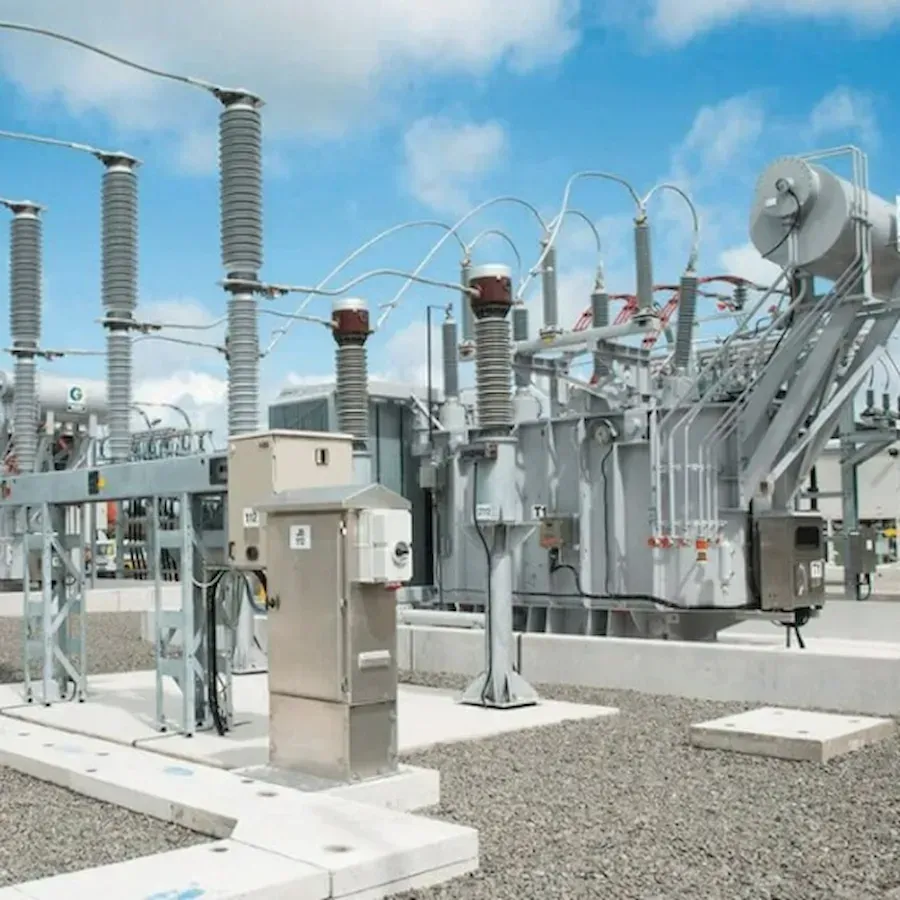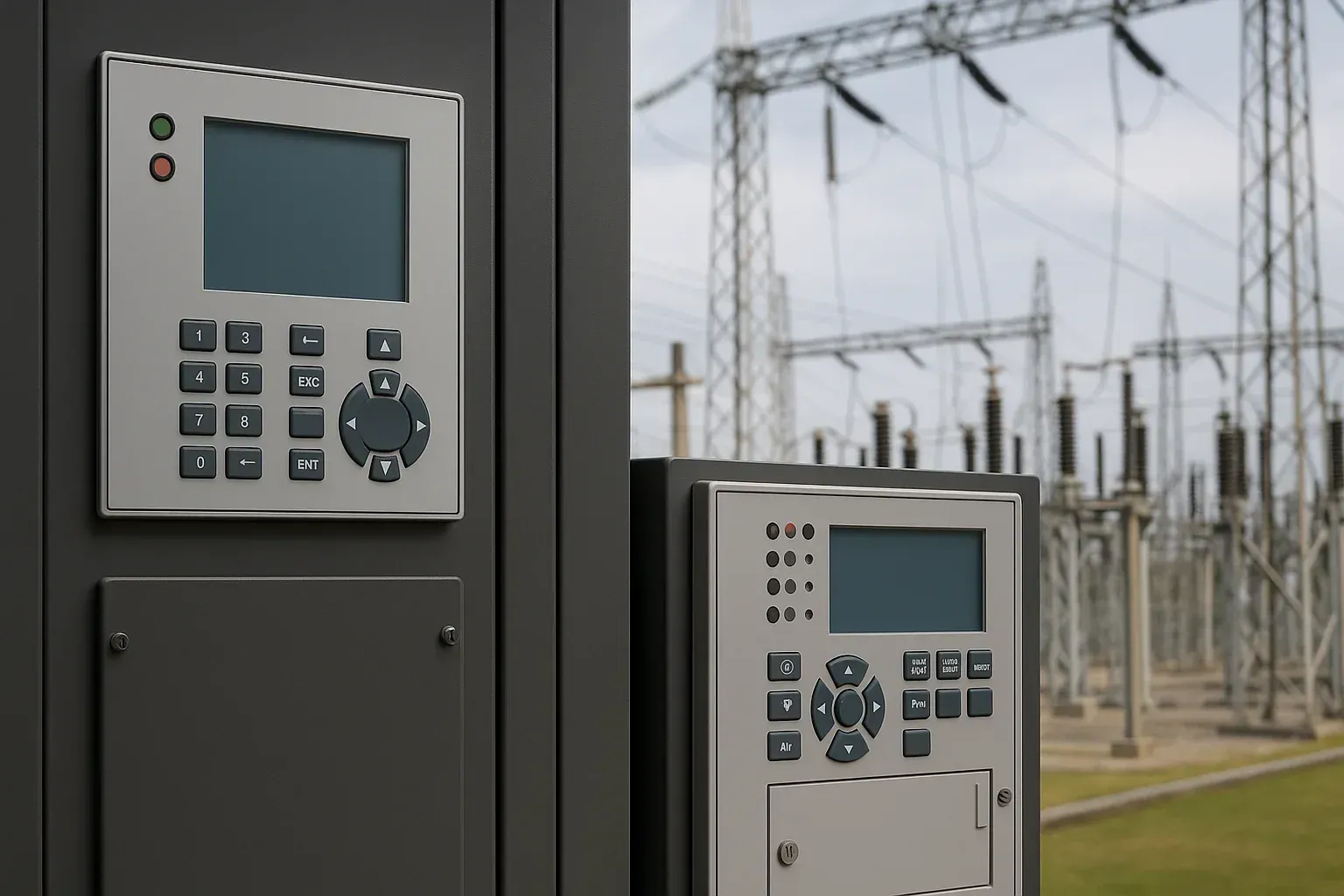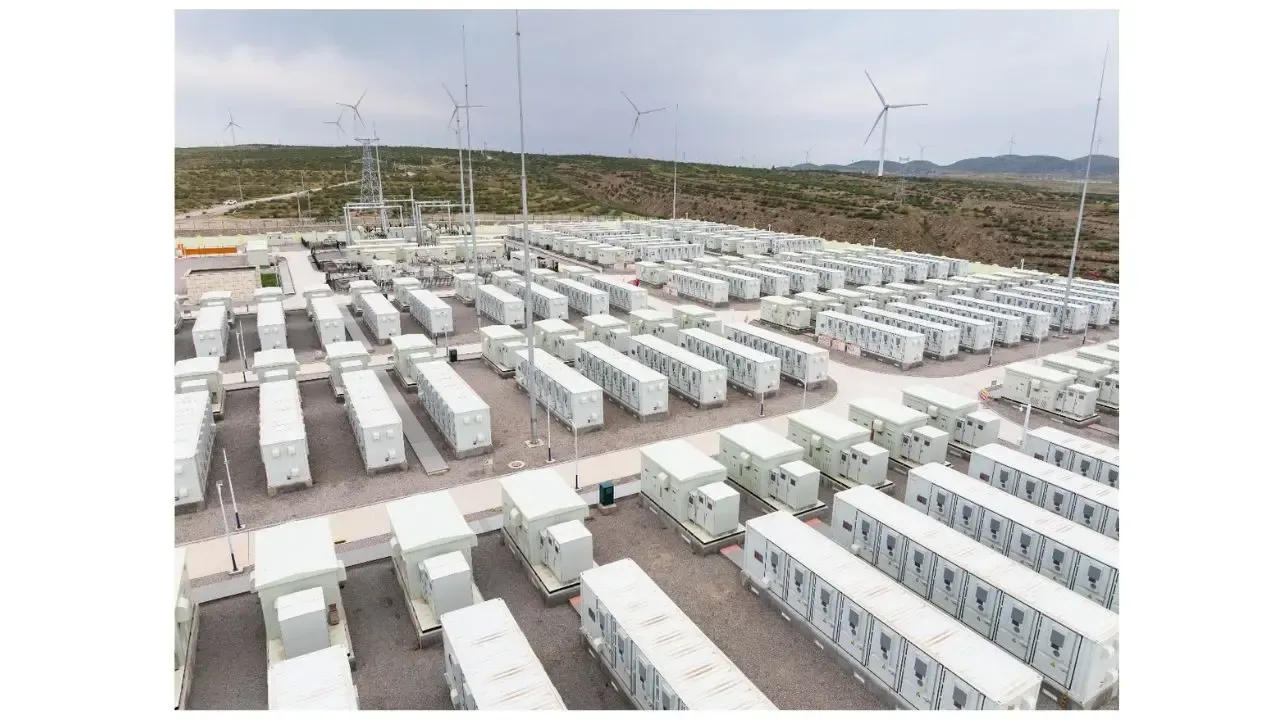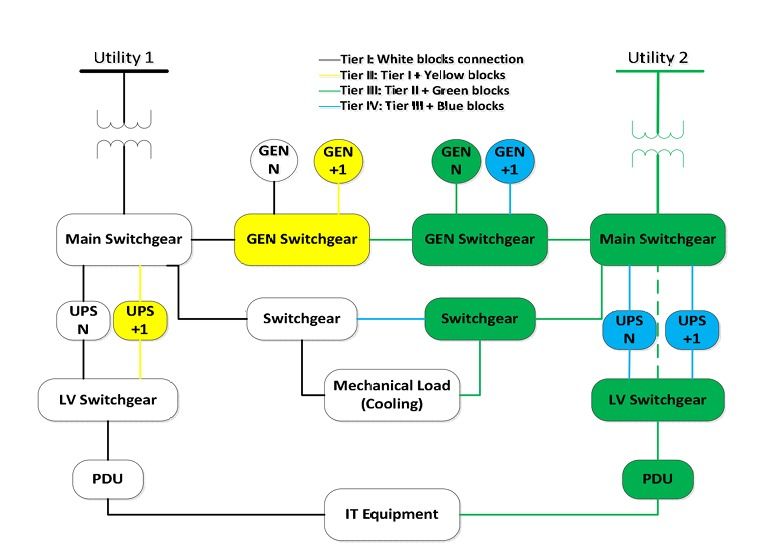A Coordinated Electric System Interconnection Review—the utility’s deep-dive on technical and cost impacts of your project.
Challenge: Frequent false tripping using conventional electromechanical relays
Solution: SEL-487E integration with multi-terminal differential protection and dynamic inrush restraint
Result: 90% reduction in false trips, saving over $250,000 in downtime
Optimizing Grid Interconnection Compliance with PJM Dynamic Modeling Standards
April 23, 2025 | Blog

In today’s rapidly evolving energy landscape, achieving PJM dynamic modeling compliance is critical for the successful interconnection of renewable energy and storage systems. As grid codes tighten across the PJM Interconnection territory, developers must meet all regional transmission operator (RTO) requirements to avoid costly delays or rejections. At Keentel Engineering, we specialize in providing PJM-compliant dynamic modeling and interconnection services—helping clients navigate complex simulation, validation, and documentation protocols for inverter-based resources (IBRs), battery storage, and hybrid power systems.
Why PJM Dynamic Modeling Matters
The PJM Interconnection operates one of the largest transmission grids in North America. To maintain grid stability, all New Service Requests (NSRs), Surplus Service Requests, and As-Built submissions must include compliant dynamic models used in transient stability simulations. These models ensure that power plants can ride through disturbances, deliver reliable power, and integrate seamlessly into the bulk electric system.
At Keentel Engineering, we bring decades of experience in dynamic modeling, simulation software like PSS®E and PSCAD, and grid code compliance to ensure your interconnection application is complete, accurate, and successful.
Key PJM Requirements Our Experts Address
Model Types and Software Compatibility
We develop and validate models for:
- Inverter-Based Resources (IBRs) such as solar PV, wind, and battery energy storage systems (BESS)
- Synchronous Machines such as hydro, gas, and nuclear generators
- Hybrid Plants and HVDC Links with custom interconnection scenarios
We ensure compatibility with PJM’s approved simulation tools, especially Siemens PTI PSS®E (e.g., v35.3.2), required for TC2 queue cycles.
Dynamic Model Deliverables by Keentel
Our deliverables are fully aligned with Section 8 of the PJM guidelines:
- .idv and .dyr dynamic model files
- Generator MFO (Maximum Facility Output) validation
- Power Factor (0.95 lag/lead) simulations
- Ride-through analysis for fault events
- Primary Frequency Response documentation
- FAT reports for As-Built submissions
We also support User Defined Models (UDMs) when standard library models are inadequate. All UDMs are fully documented, source-coded, and tested for future compatibility.
Common Modeling Challenges We Solve
- Momentary Cessation (MC) in inverter-based resources: We fine-tune REGC and REEC parameters to eliminate MC behavior.
- Reactive Power Deficiency: We simulate scenarios and recommend reactive compensation equipment to meet 0.95 PF compliance.
- Voltage & Frequency Protection: Settings are aligned with NERC PRC-024-3, avoiding prohibited trip zones.
- Flat Start Failures: We ensure your model starts with <0.1 MW/MVAR variation in the first 20 seconds.
If you’re developing a renewable energy, battery storage, or hybrid generation project within the PJM region, PJM dynamic model support is not just a regulatory step—it’s a mission-critical requirement. At Keentel Engineering, we combine deep technical expertise with real-world compliance experience to ensure your interconnection application meets every PJM modeling guideline, from .dyr file generation to ride-through testing, power factor simulation, and user-defined model (UDM) validation. Our team understands the urgency of meeting queue deadlines and utility standards—let us help you optimize grid compliance and accelerate approval timelines with precision.
Let Us Manage Your PJM Modeling Submissions
From the initial queue application to final As-Built model packages, Keentel Engineering ensures full documentation and submission of required files:
- .sav, .raw, .sld
- .dll (for UDM)
- Flat start and VRT test logs
- Dynamic Model Checklist
Explore our broader expertise:
➡️ Power System Studies
➡️ NERC Compliance Services
Partner with Keentel for PJM Dynamic Model Compliance
Dynamic model compliance is no longer optional—it’s a cornerstone of reliable grid integration. Partnering with Keentel Engineering ensures that your submission meets all modeling requirements, passes simulations, and avoids costly project delays.
FAQs for PJM Dynamic Model Development
What software version does PJM use for dynamic modeling?
PJM uses Siemens PTI PSS®E; version varies by queue cycle (e.g., TC2 uses v35.3.2).
Are PSCAD models required for every project?
No. They are only required upon PJM’s request for TC2 projects.
What models are acceptable for inverter-based resources?
Use REGC, REEC, and REPC models. Models like REECB1 and GAST are not accepted.
What is momentary cessation (MC)?
It is a temporary stop of current injection during abnormal voltage conditions. PJM recommends eliminating MC.
Which model parameters affect MC behavior?
Parameters in REGC and REEC modules, such as LVPL and VDL settings.
What should be included in a .dyr file submission?
Generator, electrical control, plant controller models, and protection settings.
What is the MFO and why is it important?
Maximum Facility Output is the maximum MW a plant must deliver at POI. Models must confirm it is achievable.
How is power factor compliance tested?
Via simulations verifying 0.95 lag/lead PF at high-side of main transformer under peak MW conditions.
What data must be included for reactive power assessments?
PQ curves, inverter capabilities, transformer data, and losses.
Are all IBRs required to provide primary frequency response?
Yes, per FERC Order 842 and PJM Open Access Transmission Tariff.
What constitutes a successful flat start test?
No generator variations > 0.1 MW/MVAR over 20s of simulation.
What files must be submitted to PJM?
.idv, .dyr, .sav, .cnv, .snp, .raw, .dll (if UDM), logs, and test plots.
What is the required time step for dynamic simulation?
Minimum time step of 0.004167 seconds.
Are factory acceptance test (FAT) reports required?
Yes, but only for As-Built submissions.
How should shunt capacitors be modeled?
As fixed or switchable units; must align with plant controller logic.
What’s the difference between REGCA1 and REGCBU1?
REGCA1 is current-source; REGCBU1 is voltage-source—better for weak-grid applications.
Can model changes be submitted after queue application?
Yes, but updates must be resubmitted at Decision Points per Section 8.
Can multiple inverters with different capabilities be modeled together?
Yes, use multi-generator equivalents for accuracy.
What’s required for voltage/frequency trip settings?
Use VTGTPAT and FRQTPAT models; settings must not fall in NERC PRC-024-3 no-trip zone.
What are common errors in dynamic model files?
Missing DLLs, incorrect base MVA values, and mismatched PQ curves.
Is plant-level control mandatory?
Not always, but recommended. Use REPC or PLNTBU1 for hybrid systems.
How is automatic voltage regulation verified?
By confirming proper REPC/REEC settings and simulation results.
Is there a checklist for PJM model submissions?
Yes. It’s provided in Section 8.1 of the PJM guidelines.
What if my model has reactive deficiencies?
PJM requires they be corrected before submission.
Who ensures the model is QA-approved?
The Project Developer must submit sign-offs from responsible engineers.

About the Author:
Sonny Patel P.E. EC
IEEE Senior Member
In 1995, Sandip (Sonny) R. Patel earned his Electrical Engineering degree from the University of Illinois, specializing in Electrical Engineering . But degrees don’t build legacies—action does. For three decades, he’s been shaping the future of engineering, not just as a licensed Professional Engineer across multiple states (Florida, California, New York, West Virginia, and Minnesota), but as a doer. A builder. A leader. Not just an engineer. A Licensed Electrical Contractor in Florida with an Unlimited EC license. Not just an executive. The founder and CEO of KEENTEL LLC—where expertise meets execution. Three decades. Multiple states. Endless impact.
Services

Let's Discuss Your Project
Let's book a call to discuss your electrical engineering project that we can help you with.

About the Author:
Sonny Patel P.E. EC
IEEE Senior Member
In 1995, Sandip (Sonny) R. Patel earned his Electrical Engineering degree from the University of Illinois, specializing in Electrical Engineering . But degrees don’t build legacies—action does. For three decades, he’s been shaping the future of engineering, not just as a licensed Professional Engineer across multiple states (Florida, California, New York, West Virginia, and Minnesota), but as a doer. A builder. A leader. Not just an engineer. A Licensed Electrical Contractor in Florida with an Unlimited EC license. Not just an executive. The founder and CEO of KEENTEL LLC—where expertise meets execution. Three decades. Multiple states. Endless impact.
Leave a Comment
We will get back to you as soon as possible.
Please try again later.
Related Posts














